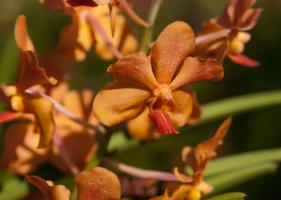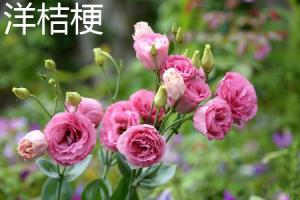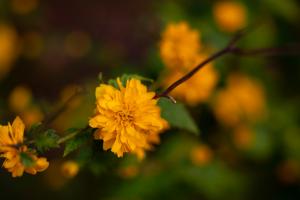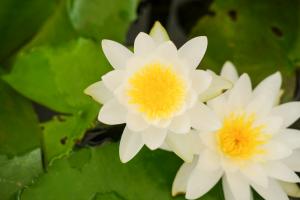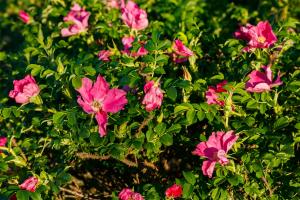What Can I Plant in the Fall: A Guide to Late Season Gardening
Introduction
As summer comes to a close, many gardeners may think it's too late to start planting. However, fall can be an excellent season for growing certain fruits, vegetables, and flowers. With the right plants and techniques, you can maximize your garden's potential and enjoy fresh produce well into the cooler months. In this guide, we will explore some of the best plants to consider for your fall garden.
Cool-Weather Vegetables
One of the most popular types of plants to grow in the fall are cool-weather vegetables. This includes crops like broccoli, cauliflower, carrots, lettuce, spinach, and kale. These vegetables thrive in milder temperatures and can often be harvested well into November. To get started, prepare your soil by adding a layer of compost or organic matter. Plant your seeds or seedlings about six weeks before the first expected frost. Keep your plants well-watered and fertilized throughout the growing season for optimal results.
Hardy Flowers
Fall is also a great time to plant hardy flowers that can withstand cooler temperatures. Some of the best options include chrysanthemums, pansies, and asters. These blooms come in a variety of colors and sizes, and can add a splash of color to your garden as the days grow shorter. To plant, choose a location with well-draining soil and plenty of sun. For best results, fertilize with a balanced, all-purpose fertilizer every four to six weeks.
Fruit Trees and Shrubs
If you're looking for a more long-term investment, consider planting fruit trees or shrubs in the fall. These plants can take several years to mature, but will eventually provide you with fresh, delicious fruit. Some popular options to consider include apple trees, blueberry bushes, and raspberry canes. When planting, be sure to choose a location with plenty of sun and well-draining soil. Water your plants regularly and prune annually to keep them healthy and productive.
Tips for a Successful Fall Garden
No matter what type of plants you choose, there are a few key tips to keep in mind for a successful fall garden. First, be sure to start early. Many crops and flowers need a head start before the first frost, so plan accordingly. Second, protect your plants from frost by covering them with blankets or other insulating materials. Third, keep your garden well-watered throughout the growing season, as the cooler temperatures can cause soil to dry out more quickly. Finally, harvest your crops regularly to encourage continued growth and production.
Conclusion
As you can see, there are plenty of plants to consider for your fall garden. Whether you choose to grow cool-weather vegetables, hardy flowers, or fruit trees and shrubs, with the right care and attention, you can enjoy a bountiful harvest well into the cooler months. Keep these tips in mind, and you'll be well on your way to a successful fall garden.

 how many times do yo...
how many times do yo... how many planted tre...
how many planted tre... how many pine trees ...
how many pine trees ... how many pecan trees...
how many pecan trees... how many plants comp...
how many plants comp... how many plants can ...
how many plants can ... how many plants and ...
how many plants and ... how many pepper plan...
how many pepper plan...